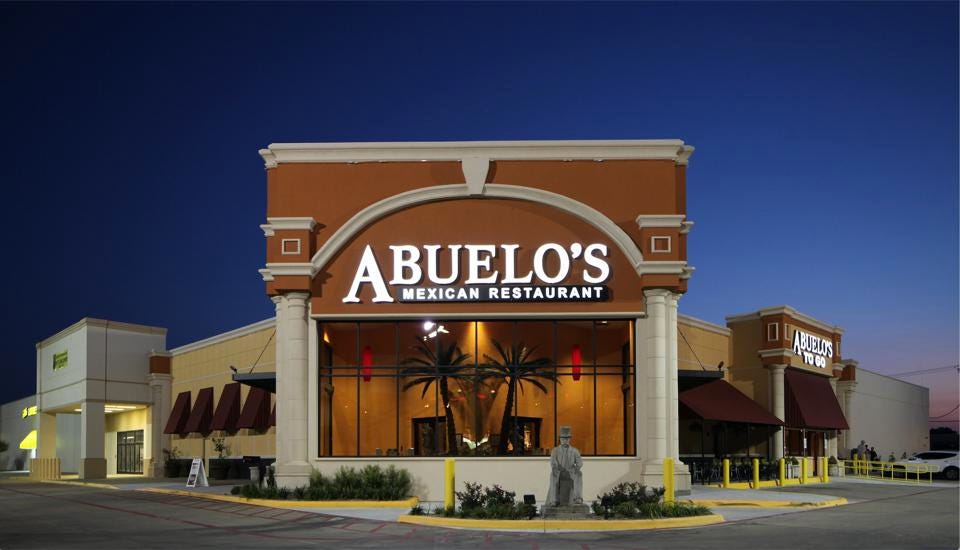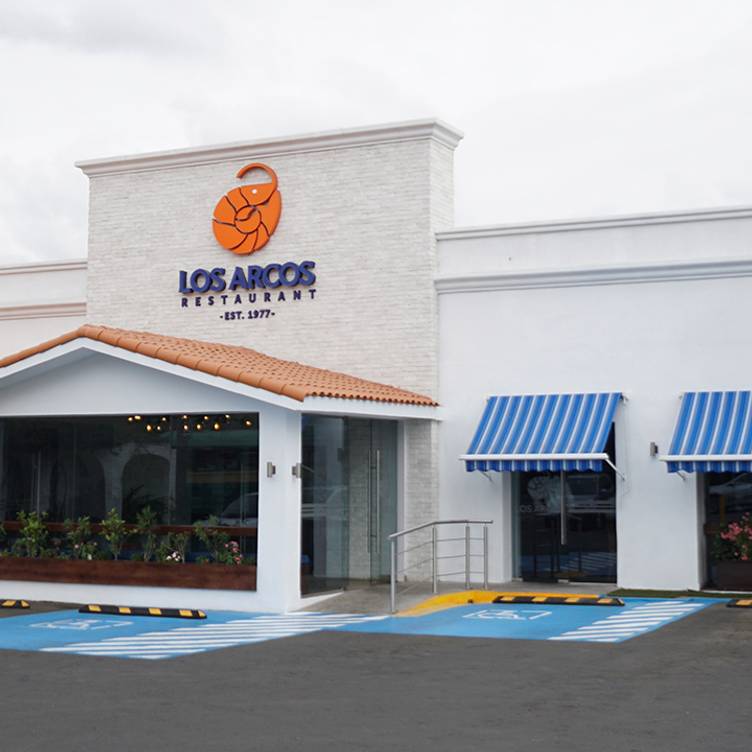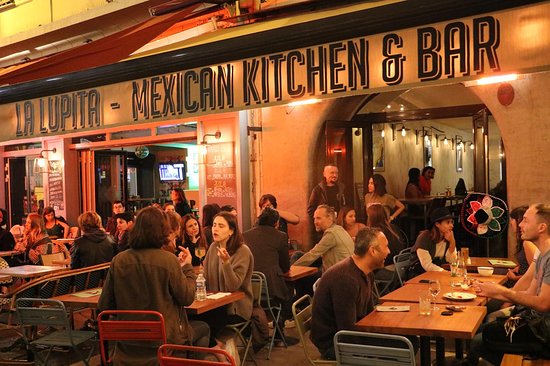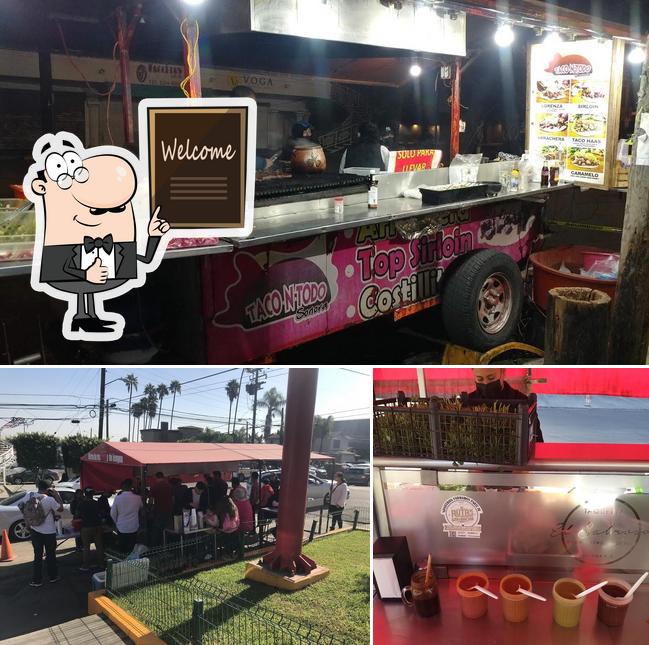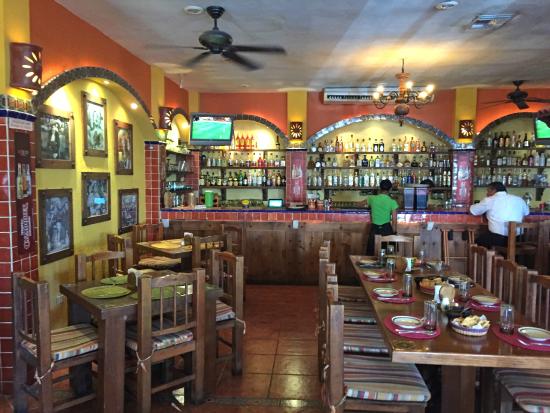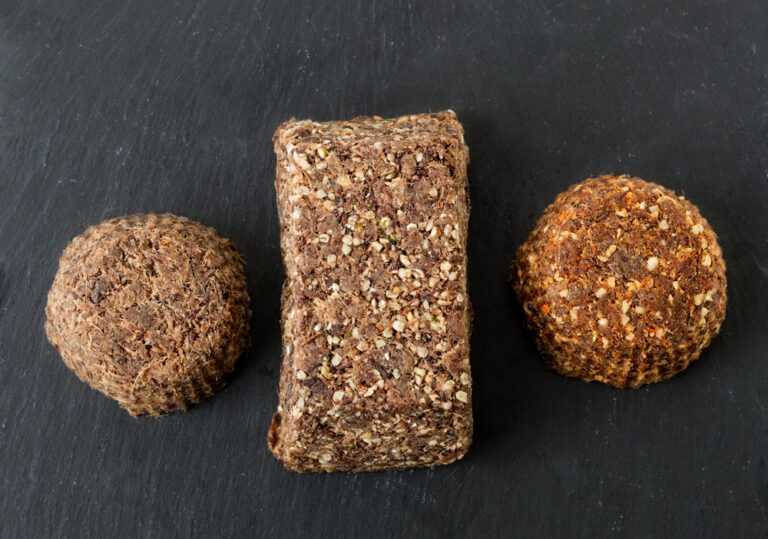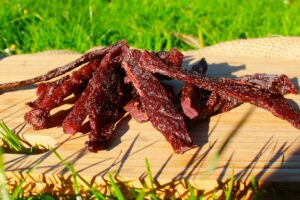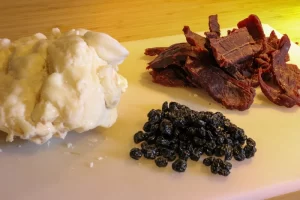Quantum computing is a new and revolutionary form of computing that uses the principles of quantum mechanics to perform incredible and advanced operations on data. It has the potential to revolutionize many different industries, including business, by offering significantly faster and more powerful computing capabilities.
One of the key benefits of quantum computing is its ability to solve problems that are too complex or too time-consuming for classical computers. For example, quantum computers can quickly solve optimization problems, such as finding the most efficient route for a delivery truck or the most profitable investment portfolio leading to significant cost savings and increased efficiency for businesses.
How does quantum computing exactly work?
Quantum computers operate using the principles of quantum mechanics, a branch of physics that describes the behavior of subatomic particles.

One of the fundamental principles of quantum mechanics is superposition, which allows a quantum system to exist in multiple states simultaneously. It is in contrast to classical computers, which can only store and process information in discrete states, such as 1s and 0s.
Another fundamental principle of quantum mechanics is entanglement, which allows quantum systems to become correlated even when separated by large distances. This can be used to perform operations on data in a parallel fashion, which can significantly increase the speed and power of quantum computers.
Quantum computers are built using quantum bits, or qubits, which are the quantum equivalent of classical bits. Qubits can exist in a superposition of states, allowing quantum computers to perform multiple operations at once.
Quantum computers are also built using quantum gates, which are used to perform operations on qubits. Quantum gates are designed to preserve the quantum properties of qubits, such as superposition and entanglement, to enable the use of quantum algorithms.
To perform calculations, quantum computers use quantum algorithms, which are designed to take advantage of qubits’ unique properties to solve problems beyond classical computers’ capabilities.
Using Quantum computing in businesses
In addition to the potential benefits and challenges of quantum computing, there are also several key considerations for businesses to keep in mind as they explore the potential use of these technologies.
One of the most important considerations is the current state of quantum computing technology. While quantum computers have made significant progress in recent years, they are still in the early stages of development. They cannot perform all tasks as efficiently as classical computers, meaning that businesses need to carefully evaluate the potential benefits and limitations of quantum computing before deciding to invest in these technologies.
Another key consideration is the potential for quantum computers to be used for malicious purposes, such as cracking encryption algorithms or disrupting financial systems. To address these concerns, businesses may need to invest in additional security measures to protect against potential threats from quantum computing.
Businesses will also need to consider the long-term implications of quantum computing on their operations and strategic planning. That will include developing strategies for adapting to new technologies, training employees on quantum computing, and identifying potential partnerships or collaborations with other organizations working on quantum computing.
There are several different uses for quantum computing, each with its benefits and limitations.
One example is the use of quantum computers to solve optimization problems, such as finding the most efficient route for a delivery truck or the most profitable investment portfolio. Quantum computers can quickly solve these types of problems by searching through vast amounts of data and finding the optimal solution leading to significant cost savings and increased efficiency for businesses.
Another example is the use of quantum computers to improve machine learning algorithms, which are used in various business applications, including fraud detection, customer service, and marketing. By using quantum computers to train machine learning models, businesses can gain a competitive advantage by making more accurate predictions and decisions.
A third example is the use of quantum computers to simulate complex chemical and materials systems, which could lead to the development of new drugs and materials with improved properties, greatly benefiting industries such as pharmaceuticals and materials science.
Fourth example is the use of quantum computers to perform tasks that are currently beyond the capabilities of classical computers, such as breaking encryption algorithms or solving previously unsolvable problems. It has the potential to revolutionize a wide range of industries by enabling the solution of previously unsolvable problems.
In fact, we are now just scratching the surface of quantum computing applications, as the field is still in its early stages, and there is much more to be discovered and developed in terms of practical uses for quantum computers.
Businesses should consider several key factors when evaluating the potential use of quantum computing.
One factor to consider is the type of problem that the business is trying to solve. Quantum computers excel at certain problems, such as optimization and simulation, but may not be as effective at others. It is important for businesses to carefully evaluate whether quantum computing is the right solution for their specific problem before investing in these technologies.
Another factor to consider is the current state of quantum computing technology. While quantum computers have made significant progress in recent years, they are still in the early stages of development. They are not yet able to perform all tasks as efficiently as classical computers. Businesses need to carefully evaluate the potential benefits and limitations of quantum computing before deciding to invest in these technologies.
A third factor to consider is the potential for quantum computers to be used for malicious purposes, such as cracking encryption algorithms or disrupting financial systems. To address these concerns, businesses may need to invest in additional security measures to protect against potential threats from quantum computing.
Businesses should also consider the long-term implications of quantum computing on their operations and strategic planning. It entails developing strategies for adapting to new technologies, training employees on quantum computing, and identifying potential partnerships or collaborations with other organizations working on quantum computing.
Which companies are using it?
Since Quantum computing is a relatively new field, and the number of businesses using these technologies is relatively small. However, there are a growing number of companies in a variety of industries that are exploring the potential use of quantum computing.
One industry that is actively exploring the use of quantum computing is finance. For example, JPMorgan Chase is working with quantum computing company IonQ to develop new algorithms for financial modeling and risk analysis.
Another industry that is interested in quantum computing is logistics and transportation. For example, DHL is working with quantum computing company D-Wave to develop more efficient routing algorithms for delivery trucks.
Other industries exploring the potential use of quantum computing include healthcare, manufacturing, and energy. For example, Merck is working with quantum computing company 1Qbit to develop new drugs, and GE is exploring using quantum computing to improve wind turbine efficiency.
Quantum computing is a rapidly evolving technology that has the potential to impact a wide range of industries, including business, significantly. While there are many potential benefits and challenges, companies that can effectively evaluate and harness the power of quantum computing will likely have a significant advantage in the future.
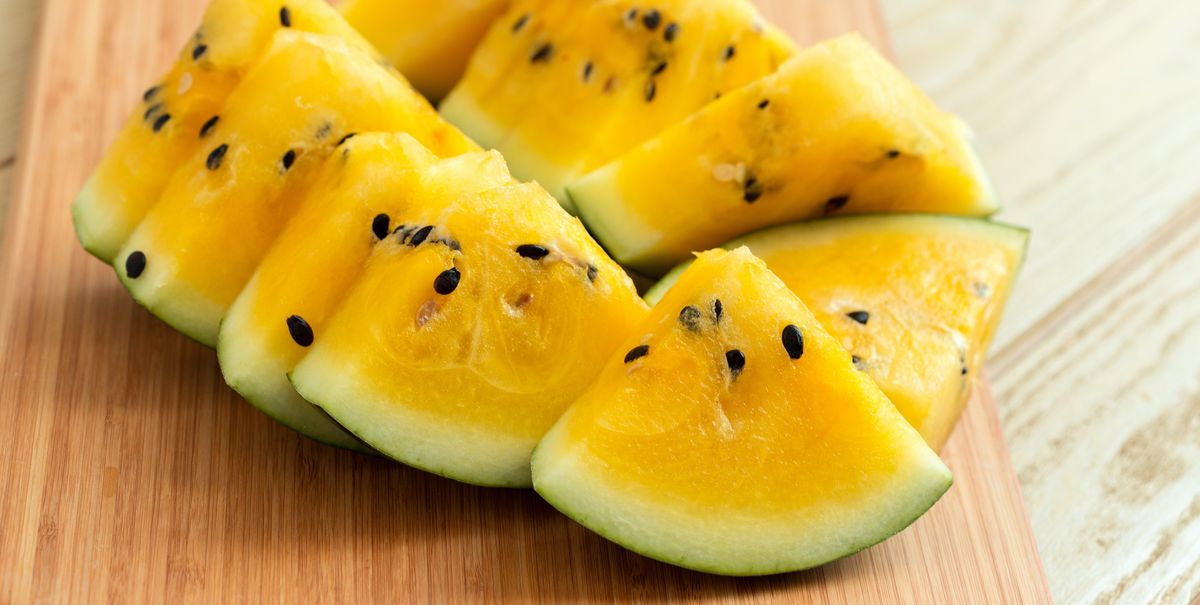

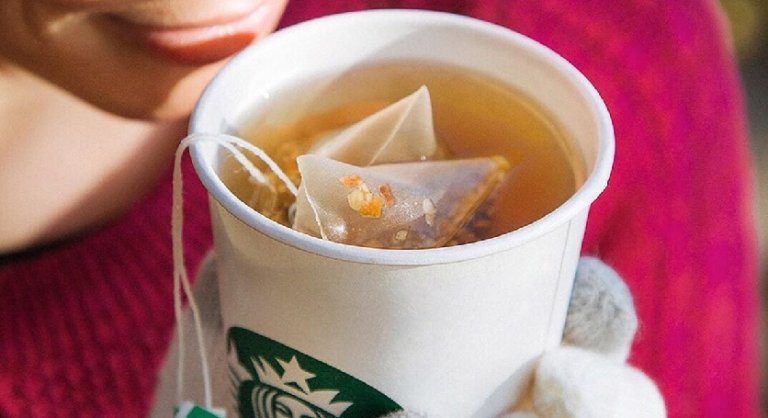
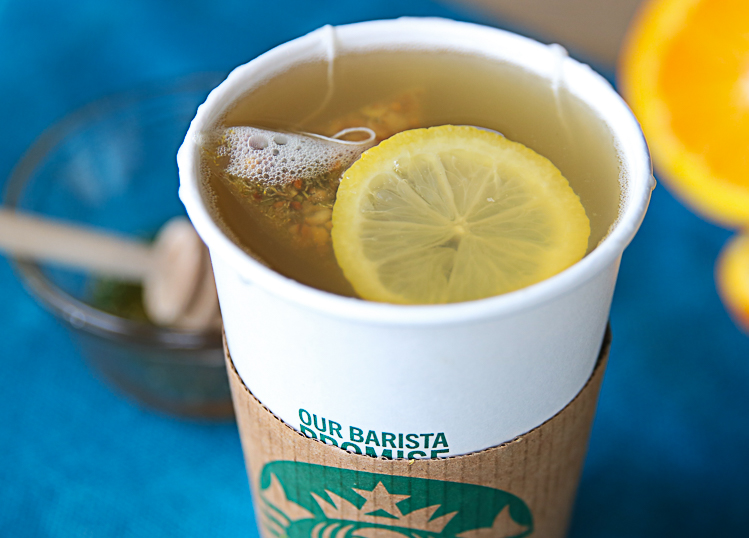

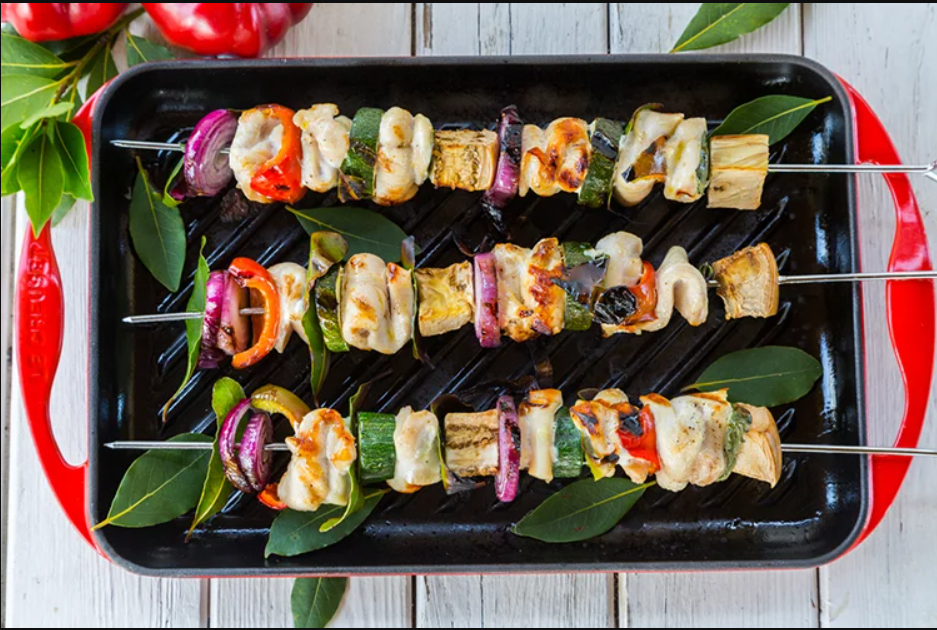
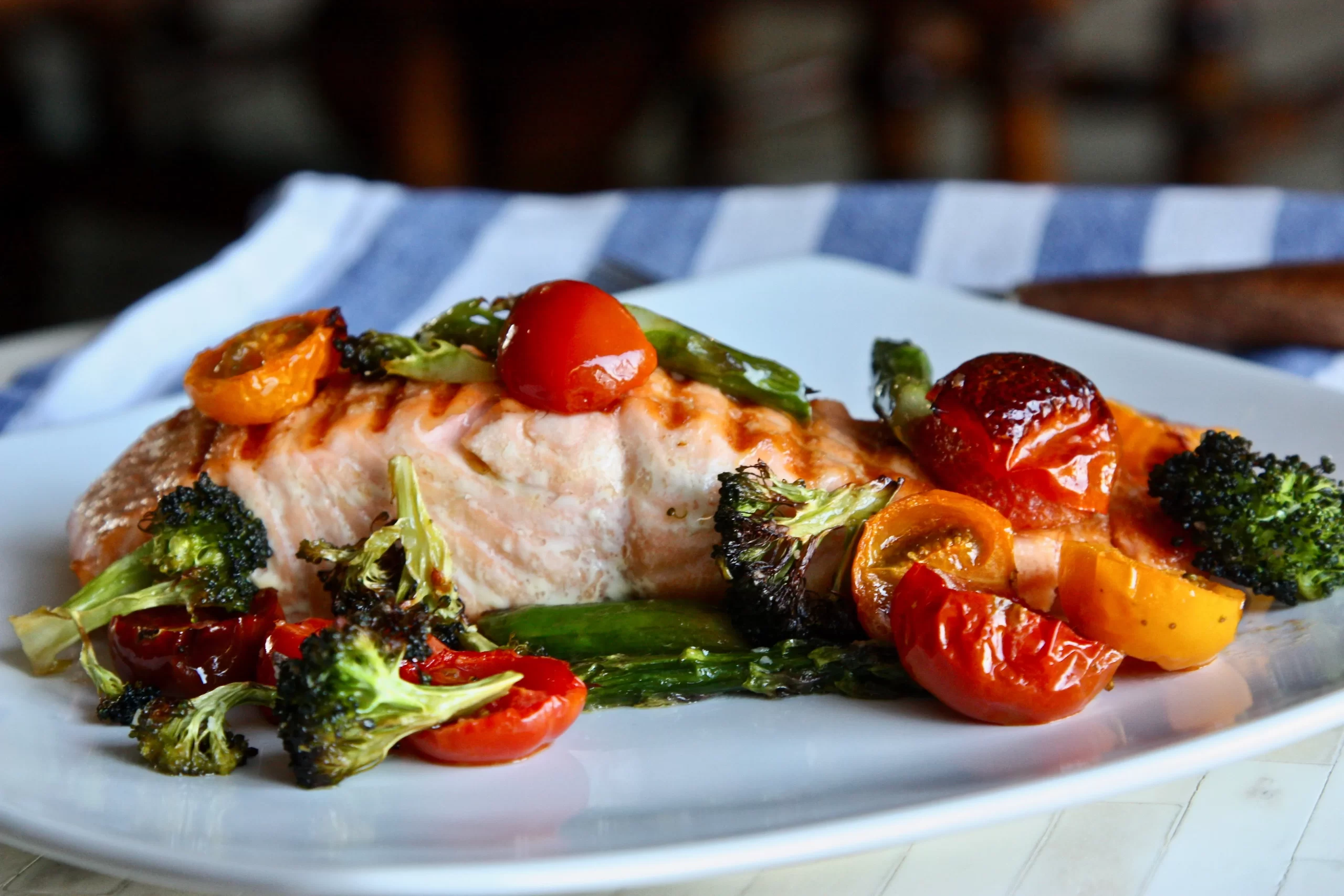
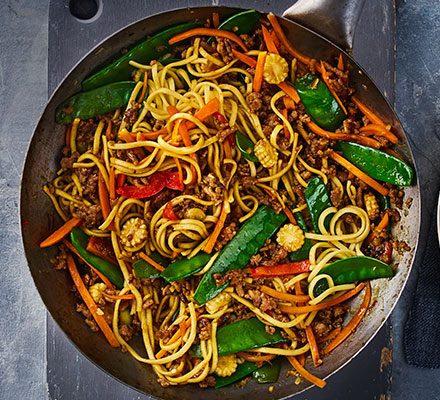
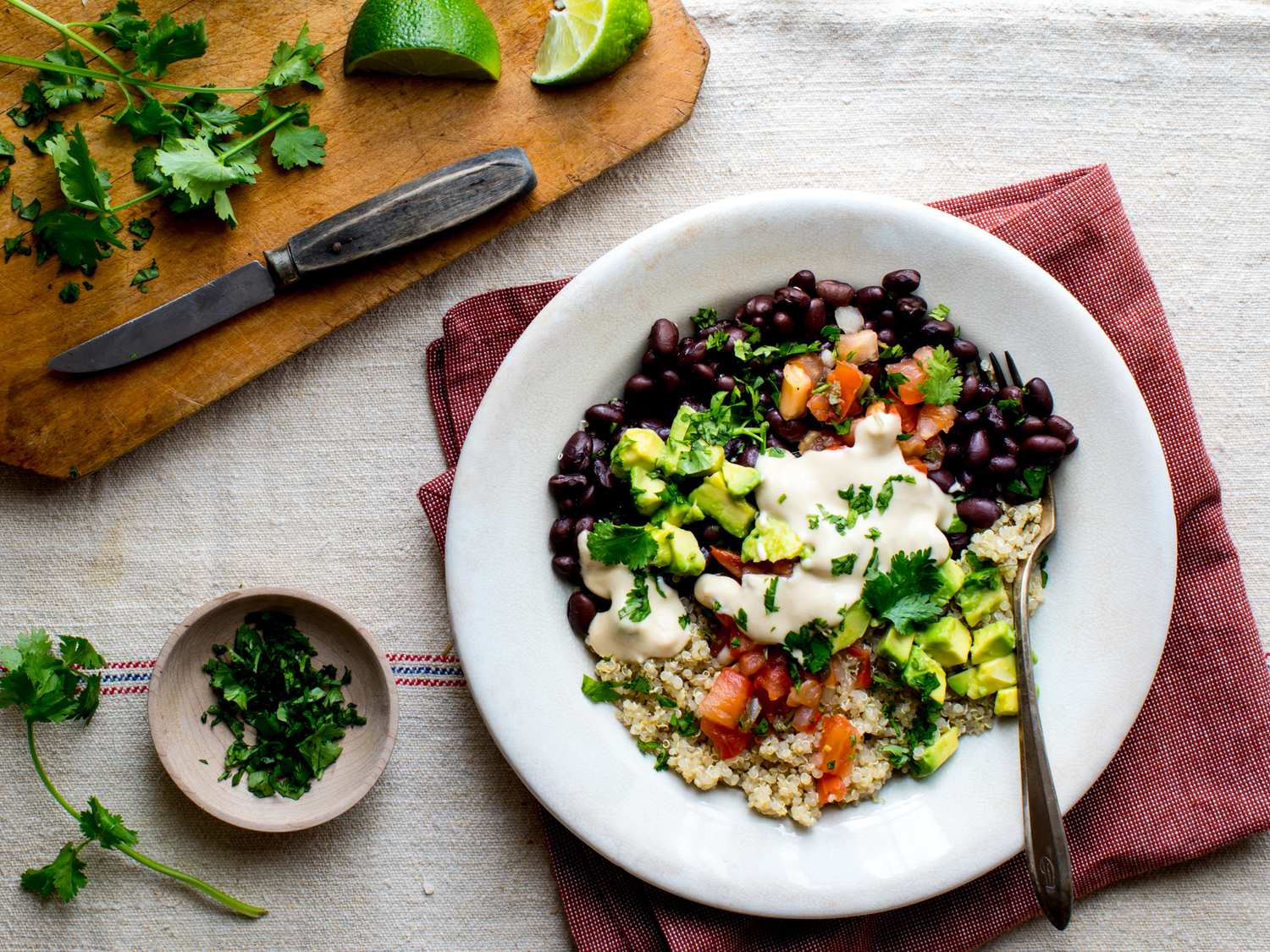


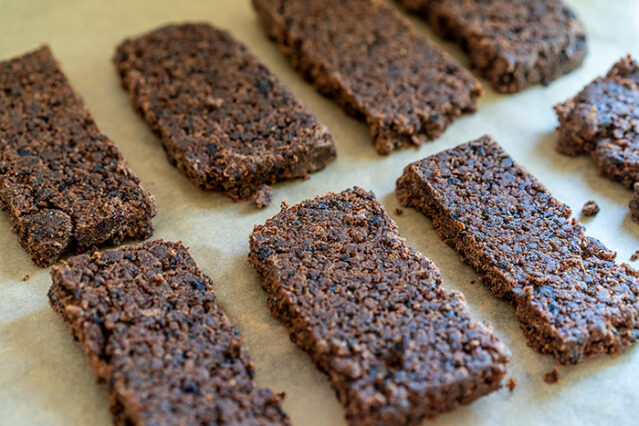
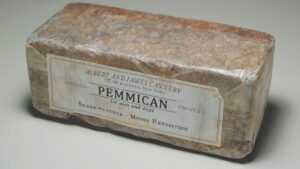
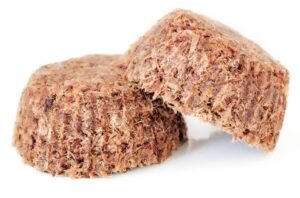

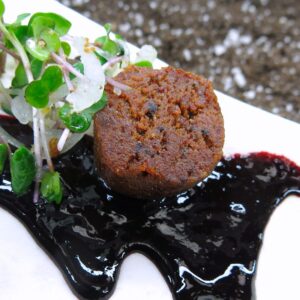


 2. La Perla: Located in the historic center of La Paz, this restaurant is known for its traditional Mexican dishes, such as cochinita pibil, pozole, and tacos de camarón.
2. La Perla: Located in the historic center of La Paz, this restaurant is known for its traditional Mexican dishes, such as cochinita pibil, pozole, and tacos de camarón.
